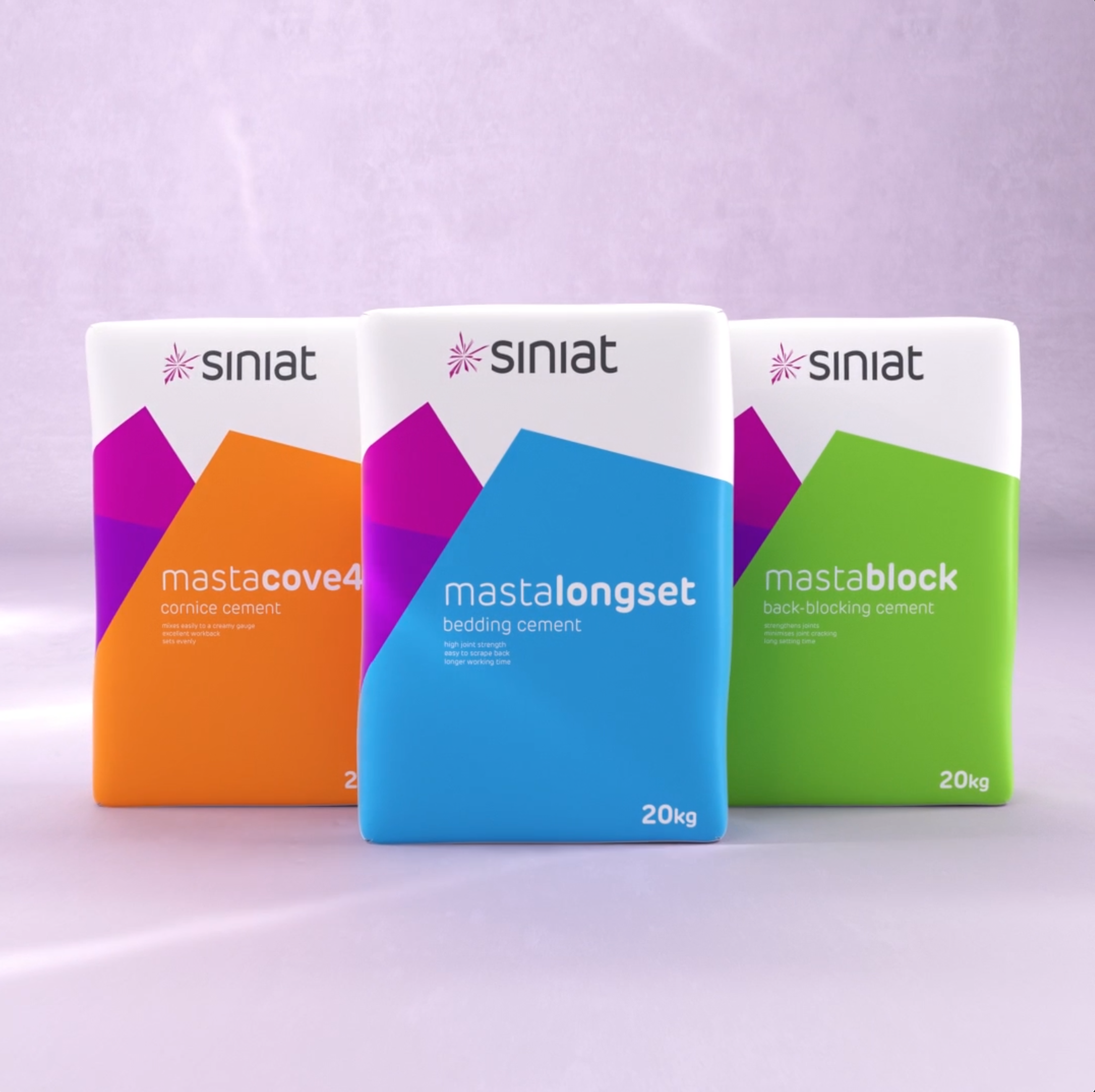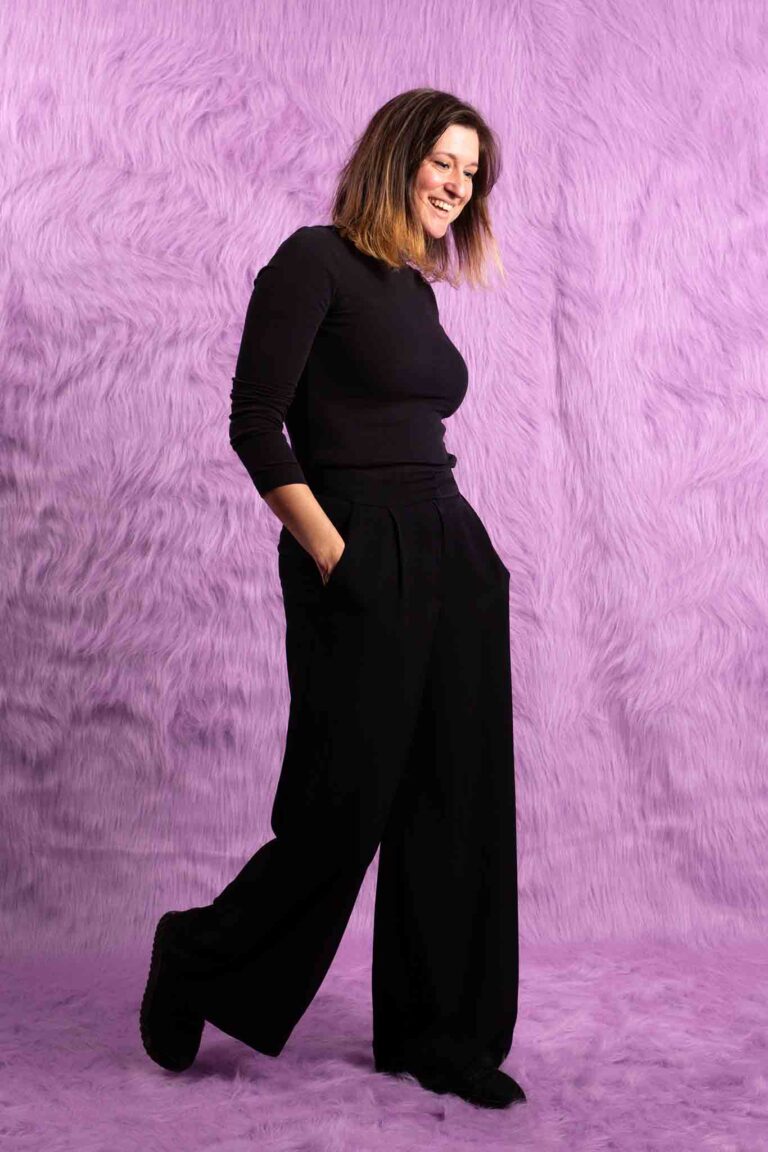In the fiercely competitive shelves of retail, the battle for the consumer’s attention has never been more challenging.
Dr. Byron Sharp, the author of “How Brands Grow,” introduces a compelling argument for brands to prioritise packaging design. It’s where the physical tangibility of a product and the mental recall of a brand converge, crafting a memorable identity in the consumer’s mind.
- The critical role of distinctive brand assets in your packaging design
- The impact of award-focused design agencies on your business results
- The unique position of the challengers
- How psychology influences the willingness to buy
The significance of distinctive brand assets in packaging design
Dr. Sharp emphasises the critical role of distinctive brand assets in brand building, asserting their importance is as profound on shelves as it is in advertising. Dr. Kahneman described how our purchasing behaviour is in large part driven by impulses. The look and feel of our packaging needs to convince potential buyers as quickly as possible. We need to convey a message, explain USP’s and convince ourselves in a matter of seconds.
This approach insists that packaging design be given a prominent seat at the table from the onset. It’s not just about aesthetics but about embedding those brand assets that make a product instantly recognisable and memorable to consumers.
Yet, there’s a growing critique of agencies fixated on bagging packaging design awards, often at the expense of sustainable business results. This obsession can lead to designs that, while award-winning, may not resonate with your target audience, undermining the very essence of brand building. You might even say it’s easier to design for design awards, than it is to design for a mass marketed product.
Your packaging is not just a container for products, it’s a visual reinforcement of all your efforts to build and maintain a brand. It is as much part of your strategy as a television commercial, print advertisement or online presence.

(Re)think your packaging design?
"*" indicates required fields
The challenger dilemma
Sure, challengers have more freedom creating daring packaging designs that defy conventional norms. They leverage their designs as a critical component of their market entry strategy, equally as important as their advertising strategy. However, this comes with its own set of risks. Every challenger evolves towards mainstream acceptance at some point, where they face a critical crossroad:
- Adapt their bold design to blend in with their peers, potentially erasing all memory structures they’ve built.
- Or be steadfast and cling to their roots at the risk of alienating a newer audience and losing ground to the next wave of challengers.
Challengers can take a more experimental approach to design, but these are hard to align with long-term strategies such as ‘experience’, ‘durability’ or ‘quality’. The real dilemma is how challengers navigate the fine line between a noticeable market entry and a dureable long-term strategy.
Trust and consistency
In most cases, shopping is an intuitive process where a shopping list is just a set of tasks that need to be resolved as quickly as possible. Shoppers make decisions swiftly, without extensive deliberation, except for significant purchases. The use of recognisable elements is a distinctive asset that is commonly used in packaging design, when people buy soup, they expect to see elements that refer to soup. Which is why consistency is so important, rather than hopping on every design trend that passes by.
Brands that lack consistency disrupt that seamless decision-making process, potentially alienating a loyal customer base accustomed to certain visual elements on a package. Maintaining a consistent packaging design not only nurtures trust but also fortifies the brand’s position in the consumer’s mind.
Packaging that sticks!
Packaging design, at its core, is a psychological play, engaging directly with the consumer’s subconscious. Referencing Dr. Sharp’s emphasis on mental recall, effective packaging leverages colours, images, and symbols that evoke specific emotions and associations. It’s creativity on a small surface. By understanding the psychological triggers of their target audience, brands can craft packaging that aligns with consumer expectations and desires, making the product not just seen but felt.
How can June2O help you?
At June20, we understand the intricacies of packaging design and its monumental role in brand strategy. It’s often one of the first touchpoint a future customer has with your brand. We are dedicated to creating packaging that not only stands out on the shelf but also resonates with consumers, ensuring your brand is not just seen but remembered. Your first step towards a long-term packaging design strategy starts with a contact form.

Biography
Lim Sijmons
Lim Sijmons currently serves as Design Director at June20 and has been with the company for over 10 years. Lim has extensive experience having previously worked with agencies like TBWA and notable clients like PWC Belgium, Etex, Beaphar and Smeg. Lim’s expertise spans brand identity, webdesign, and typography, making her a versatile and skilled design director.